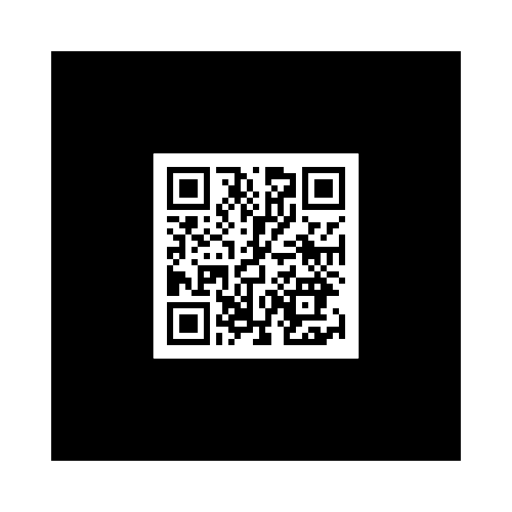What is AR?
Augmented Reality, a branch of extended reality, is a real world interactive experience where the objects are enhanced by computer-generated perceptual information. To view a simple example of an AR experience visit the QR code to the right with your mobile device, once at the website, continue to point your camera at the QR code and a model of a planetary gear will appear. You will be able to alter the speed of the rotation as well as the configuration in which the gears are rotating.

Introduction
Due to the COVID-19 pandemic, the University of Alberta was forced to turn to remote teaching for many of it’s programs. During this time, the Department of Mechanical Engineering had noticed that there was a major lack of experiential learning activities throughout not only the mechanical program but a lot of the engineering disciplines. Three projects were taken on to improve and add to the experiential exercises. My colleague and I were assigned to the ‘AR/XR for Experiential Learning’ project, to not only determine where augmented reality could be used but also to define a workflow for others, within Faculty of Engineering, to be able to build content without too much difficulty.
Timeline
Project Launch
My colleague and I were introduced to the concept of utilizing AR as an educational resource and spent the first couple of weeks determining which learning objectives could be best covered by this type of experience as well as researching potential software solutions.
Define Workflow
After discovering multiple software solutions to build these type of experiences, we narrowed down our options through a go/no go screening. Once the options were reduced, potential workflows were defined to help gather more information and evaluate further.
Outsourcing
Due to the significant amount of capital and personnel that is required to build and maintain an application in house, it was decided to investigate outsourcing some of this workflow.
Festival of Teaching and Learning
To build momentum and generate more support beyond the Department of Mechanical Engineering, we presented at the FoTL. This was achieved, as a professor for the Department of Civil Engineering reached out to us shortly after.
Building Experiences
After calling several companies and meeting with the first one, we became aware that to receive accurate quotations we would need to provide example content. Two courses were decided on to pilot AR experiences, one from the Department of Mechanical Engineering, MECE 260, and the other from the contact gained at the FoTL, CIVE 374.
Documentation
To assist others with furthering this exploration and building more content, two reports were started. The first, fully detailed the timeline of the project and the decisions that were made to define the workflow. The second, is a comprehensive instruction manual that describes the entire process to produce an AR experience.
Contract Signed
After evaluating several quotations, a decision was made and a contract signed for 12 months. This company will build and maintain the application as well as produce a plugin for Unity to directly onboard content. This eliminated effectively half of the workflow that would otherwise of been required.
Wrap Up Presentation
Provided the Department of Mechanical Engineering with a forty minute presentation outlining all the details and aspects of the project.